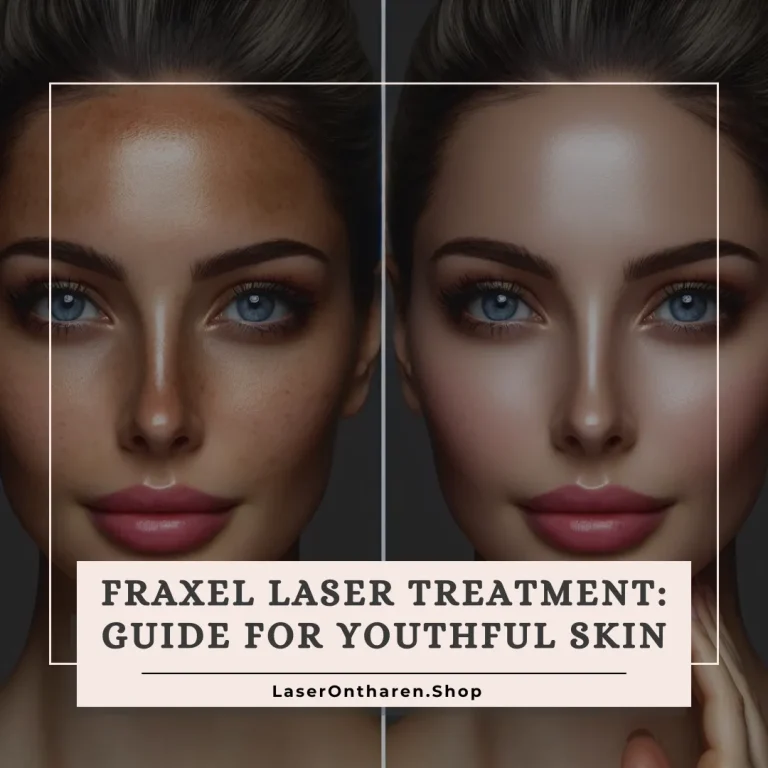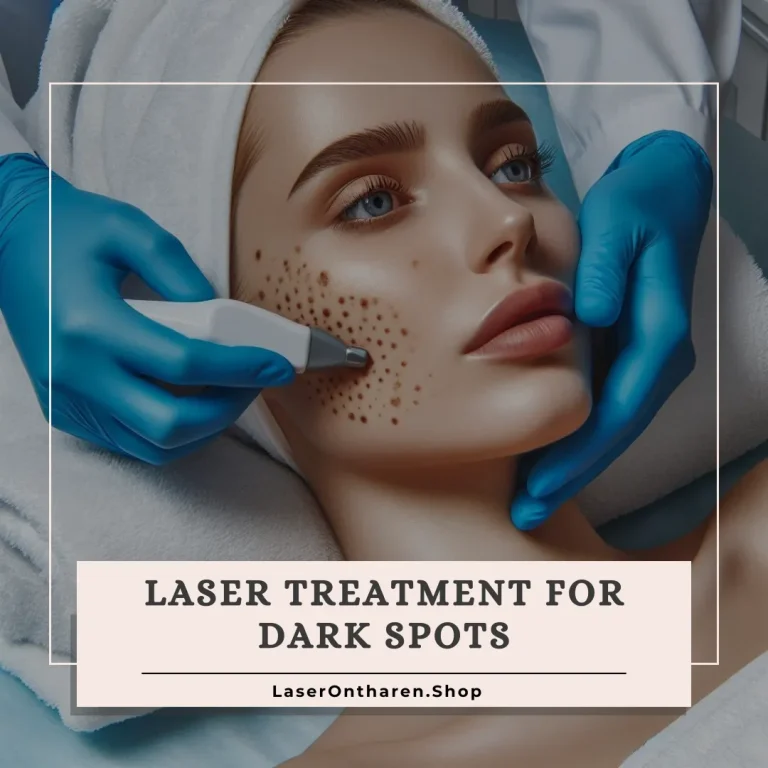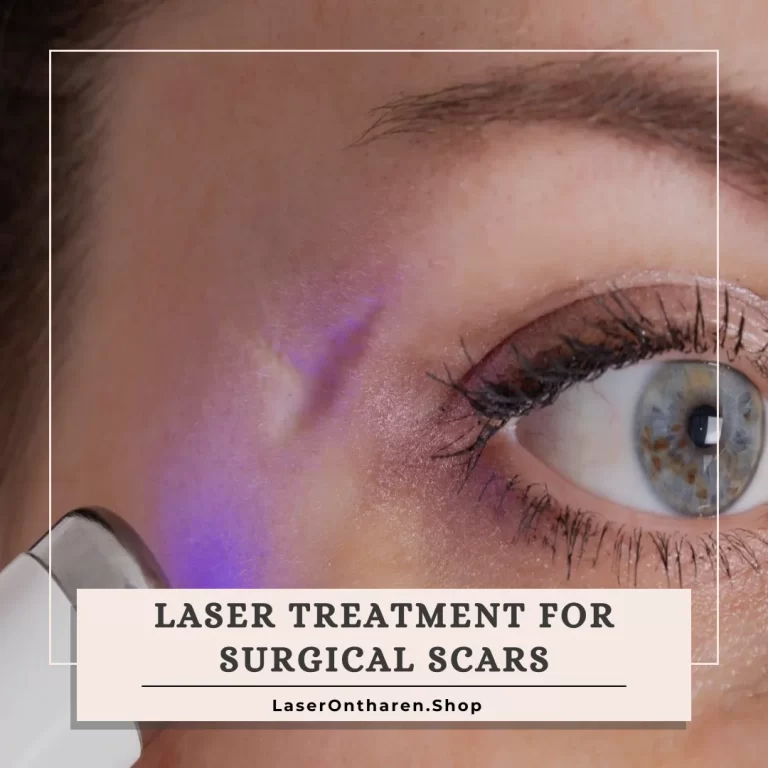Laser hair removal has become one of the most sought-after cosmetic procedures globally, attracting individuals looking for a long-term solution to unwanted body hair.
Its popularity stems from the promise of smooth, hair-free skin without the constant need for shaving, waxing, or plucking.
However, one question frequently arises: Is laser hair removal permanent?
This article delves into the mechanics of laser hair removal, examining how it works, its effectiveness, and the various factors that influence its permanence.
We’ll also explore the procedure itself, including how to prepare, what risks are involved, and how to decide if it’s the right option for you.
With advancements in technology and technique, understanding the realities of laser hair removal’s permanence can help set realistic expectations for those considering this treatment.
Understanding Laser Hair Removal
Laser hair removal operates on the principle of selective photothermolysis, targeting the melanin in hair follicles without damaging the surrounding skin.
This process involves a concentrated beam of light that is absorbed by the pigment in the hair, converting to heat which damages the hair follicle.
This damage inhibits or delays future hair growth without harming the skin’s surface.
The effectiveness of laser hair removal is contingent on the cycle of hair growth.
Hair follicles go through cycles of growth (anagen), regression (catagen), and rest (telogen).
The laser is most effective on hair in the anagen phase because it’s actively growing and contains the most melanin, which absorbs the laser light.
This specificity necessitates multiple sessions to catch as many hairs in the anagen phase as possible, with treatments spaced weeks or months apart depending on the area being treated.
Factors such as skin tone, hair color, and hair thickness significantly influence the procedure’s success.
Lasers are most effective on individuals with light skin and dark hair due to the contrast in melanin, allowing the laser to more easily target the hair follicle.
Advances in laser technology have improved effectiveness on a broader range of skin tones and hair colors, but it’s crucial to consult with a qualified professional to evaluate your suitability for the procedure.
Factors Influencing Effectiveness
The effectiveness of laser hair removal is not uniform across all individuals; several factors play critical roles in determining the outcome of the procedure.
Firstly, the contrast between the color of the skin and the hair is paramount.
The ideal candidate has light skin and dark hair, providing the highest contrast for the laser to target effectively.
However, advancements in technology have expanded the range of effective treatments to include those with darker skin tones, albeit with varying degrees of success.
Another crucial factor is the hair growth cycle.
Since the laser targets hair at the anagen (growth) stage, and not all hairs are in this phase simultaneously, multiple sessions are required to achieve optimal results.
The number of sessions varies depending on the body area, hair density, and growth cycle, with facial hair typically requiring more frequent treatments due to its faster growth rate.
Hair thickness and density also influence the procedure’s success.
Thicker, coarser hair absorbs more laser energy, making it easier to destroy the follicle.
Conversely, fine hair may be less responsive to the treatment, requiring more sessions to achieve desired outcomes.
Lastly, adherence to pre- and post-treatment care plays a significant role.
Following the professional’s guidance on avoiding sun exposure, refraining from other hair removal methods, and caring for the skin before and after sessions can dramatically affect the results and minimize potential side effects.
Procedure and Preparation
Before undergoing laser hair removal, a consultation with a qualified professional is essential to determine if you’re a good candidate for the procedure.
This consultation typically includes a review of your medical history, a discussion of risks and benefits, and a treatment plan.
Preparing for laser hair removal involves several steps to ensure the best possible outcome and reduce the risk of side effects.
Patients are advised to avoid sun exposure and tanning for a specified period before and after treatment, as tanned skin can diminish the effectiveness of the laser and increase the risk of side effects.
It’s also recommended to shave the area to be treated the day before the procedure, as this leaves the hair shaft intact below the surface while removing hair above the skin that could potentially burn and cause surface damage.
The procedure itself varies in duration based on the treatment area’s size.
For instance, treating a small area like the upper lip may take only a few minutes, while larger areas such as the back may require more than an hour.
During the session, patients wear special goggles to protect their eyes from the laser, and the practitioner may use a cooling device or gel to minimize discomfort and protect the skin.
After treatment, patients may experience redness and swelling, which typically subside within a few hours.
It’s crucial to avoid sun exposure and apply sunscreen to the treated area to prevent skin damage and ensure optimal healing.
Continuing in this fashion, we’ll address the safety and risks associated with laser hair removal, delve into the question of its permanence, explore alternatives and at-home devices, and conclude with a summary of key points.
Safety and Risks
Laser hair removal is heralded for its safety and efficacy, yet like any cosmetic procedure, it carries potential risks and side effects.
Commonly reported side effects include temporary discomfort, redness, and swelling in the treated area.
These minor inconveniences generally dissipate within several hours post-treatment.
A less common, yet possible, side effect is pigment changes in the skin, which can either darken or lighten the treated area.
These pigment changes are more likely in individuals who do not follow pre-treatment advice on sun exposure and those with darker skin tones.
Although rare, there are instances of more serious side effects, such as blistering, scarring, and changes in skin texture.
Choosing a qualified and experienced practitioner is crucial to minimize risks.
Professionals recommend selecting a board-certified doctor with experience in laser hair removal, particularly for your skin type.
Facilities that permit nonmedical personnel to perform laser hair removal should be approached with caution.
Proper consultation and adherence to pre- and post-treatment care instructions are pivotal in ensuring a safe procedure with minimal side effects.
The Question of Permanence
The permanence of laser hair removal is a nuanced topic.
While many experience significant, long-lasting hair reduction, complete and permanent removal is not guaranteed for everyone.
Several factors influence this variability, including hair color, skin type, and the natural hair growth cycle.
Typically, patients can expect a reduction in hair growth, with the remaining hair being finer and lighter in color.
However, some hair may eventually regrow, necessitating maintenance treatments to preserve the results.
It is important to set realistic expectations; laser hair removal can offer prolonged periods of hair-free skin, but periodic touch-ups may be required to maintain these results over the long term.
The notion of permanence should be understood as a significant reduction in hair growth that can last for months or even years, rather than a once-and-for-all elimination of all body hair.
Alternatives and At-home Devices
For those seeking hair removal solutions, alternatives to professional laser treatments include shaving, waxing, electrolysis, and at-home laser devices.
Each method has its own set of advantages and drawbacks.
Shaving and waxing are more temporary solutions, requiring frequent maintenance, while electrolysis offers more durable results by destroying the hair follicle through an electric current.
At-home laser hair removal devices have grown in popularity, offering a convenient and cost-effective solution for some.
These devices are designed for personal use with safety features suited to non-professionals.
However, their effectiveness compared to professional treatments is generally lower, and the risk of misuse and potential for injury, especially without proper precautions, is higher.
It is vital for users to follow the instructions carefully and understand that these devices may offer modest hair reduction rather than the more significant results seen with professional treatments.
Conclusion
Laser hair removal presents a compelling option for those looking to reduce body hair over the long term.
While not guaranteed to be permanent for everyone, it offers a level of convenience and efficacy that surpasses many traditional methods of hair removal.
Understanding the procedure’s nuances, including the factors that influence its effectiveness and the potential risks, can help individuals make informed decisions about whether it is the right choice for them.
For those considering laser hair removal, consulting with a qualified professional to discuss expectations, skin and hair type, and any potential side effects is essential.
As technology continues to advance, laser hair removal remains a popular and effective solution for reducing unwanted hair, with the potential for long-lasting results that make it an attractive option for many.







